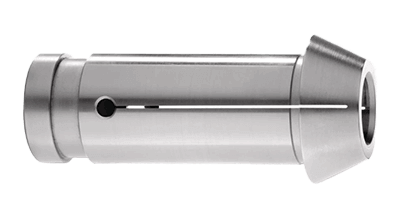What Is a Micro Pressure Gauge?
Micro pressure gauges are pressure gauges dedicated to measuring pressure as small as approximately 500 Pa or less.
Normal pressure gauges detect pressure according to the degree of deformation of a detector device called a “Bourdon tube.” The range of pressure measured by micro pressure gauges is so small that it cannot be measured with the same detector device.
One is the liquid column differential type, which is an improvement of the liquid column type pressure gauge and can measure minute movements of the liquid surface, and the other is the diaphragm type, which precisely measures the liquid surface difference based on the zero level method.
Uses of Micro Pressure Gauges
Micro pressure gauges are generally used to measure the pressure inside a tank. If heat is applied to the tank or gases other than air are used, the pressure will be different from atmospheric pressure and must be measured.
Therefore, examples of applications include gas pressure measurement and pressure measurement inside a combustion furnace. In addition to direct pressure measurement, micro pressure gauges may also be used to measure the volume and depth of liquid in tanks, etc., derived from the pressure.
Principle of Micro Pressure Gauges
There are two types of micro pressure gauges in general: the column differential type and the diaphragm type.
The liquid column differential type is an improved version of the liquid column pressure gauge, so the measuring principle is almost the same. The pressure is derived from the height of the liquid in the liquid column and the density and specific gravity of the contained liquid. Therefore, at sites where gas is handled, the height of the liquid column at atmospheric pressure changes, and the pressure is measured by detecting the change in the height of the liquid column.
The liquid column type requires compensation because the specific gravity of the liquid in the column changes with temperature, making it difficult to use for industrial applications. Diaphragm type pressure gauges use a Bourdon tube to detect pressure, but not directly, but through a thin membrane called a diaphragm, and an enclosed liquid contained in a vacuum to measure pressure.
Diaphragm type pressure gauges can measure the pressure of highly viscous liquids and liquids containing solids, which are usually said to easily clog pressure gauges.
